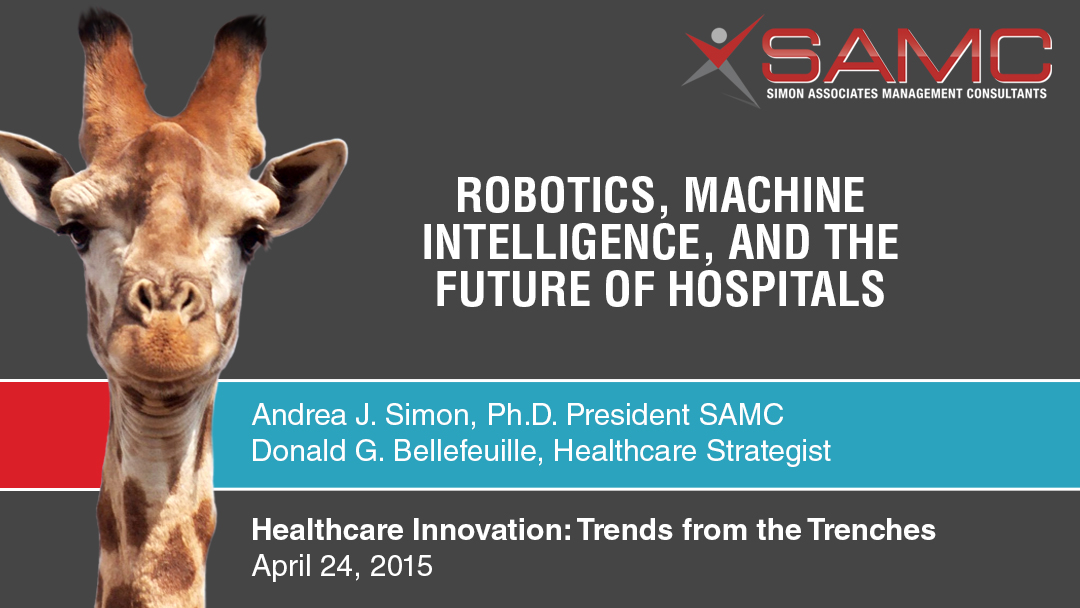Do you know who is going to care for you when you are old and frail? If the current trend continues, it’s probably going to be a middle-aged immigrant woman with (maybe) a high school education and little or no training, making $20,000 a year, reports The New York Times.
And that’s if you live in or near a big city, the article says. By contrast, if you live in rural America, you’ll have a hard time finding someone to look after you. And the situation is only going to get worse. According to MIT’s Sloan School of Management, if nothing is done to draw more workers into the field, there will be a shortage of at least 350,000 home-care providers by 2024.
The challenge: How to transform long-term care into good-paying jobs
Here’s the dilemma: Care providers—home health aides, personal care attendants and certified nursing assistants—are expected to be among the nation’s fastest growing occupations.
Yet, despite their critical importance to the well-being of tens of millions of aging Baby Boomers, one-fourth of these aides live in poverty. Not only that, the jobs are so unappealing that it is hard to keep workers in them: 4 in 10 quit within one year.
“Home care is absolutely the bottom rung of the ladder but home-care workers spend the most time with the client,” the CEO of Cooperative Home Care Associates, a worker-owned long-term-care agency in New York, told The Times.
To make matters worse, there are three persistent barriers that stand in the way of home-care workers making a decent living: 1) most of them are immigrant women, 2) occupational rules demand that even the simplest tasks must be performed by nurses, which prevents non-RNs from getting trained to do these tasks themselves, and 3) Medicaid picks up more than half the tab for the $300 billion spent each year on long-term care, and individual states are unlikely under the current administration to pay agencies more so they could pay their workers more.
But it doesn’t have to be this way, says Professor Paul Osterman in his new book “Who Will Care For Us?” Osterman believes that improving home-care jobs could actually improve the quality and efficiency of the entire healthcare industry and save billions of dollars.
If home health aides were trained to do more, he reasons, they could spot patients’ potential problems before they got more serious, keep track of their pills and doctors’ appointments, give advice on healthier living habits and help them manage chronic conditions like obesity and diabetes. More importantly, they could help manage patients’ transition out of the hospital, making sure they took their medication and followed up with their doctor, thereby preventing readmission or ending up in a nursing home. (One study concluded that $250 billion could be saved by better managing chronic conditions and reducing hospital and ED admissions and readmissions.)
Changing the system of long-term care will not be easy
Cash-strapped states have resisted efforts to raise aides’ pay, The Times article states. Plus, Medicaid pays for most long-term care but Medicare would get most of the cost savings from hospital readmissions. And then there are the powerful nursing unions fighting tooth and nail to keep home aides from encroaching on their turf.
Still, overhauling long-term care seems within reach. For instance, penalties for excessive readmissions are already causing many hospitals to rethink the role of home-care aides. So, maybe the ball is starting to get rolling, but it needs to go faster.
By 2040, there will be more than 50 million disabled people in the U.S. needing some form of long-term care
That’s 12 million more people than today. Most will be cared for by family members, but the demand for care workers will explode, says The Times.
Given this trend, doesn’t it make sense for these workers to be better trained and better paid? Shouldn’t long-term-care aides—who are cheaper than doctors and nurses—have a larger role in managing patients’ well-being? And finally, shouldn’t we invest in this workforce to reduce hospitalization and ED visits and manage chronic diseases, all of which are so expensive?
Whether any of us want to “see” this or not, these are the jobs of America’s future. And America will be a better place for all of us if the workers in these jobs can earn a decent living for taking care of us.
Want to know what the hospital of the future will look like? Here’s a webinar.
In this very informative 1-hour session, expert Healthcare Strategist Donald G. Bellefeuille and I examine the rapidly advancing field of clinical robotics and machine intelligence all across the healthcare field. After viewing this in-depth, forward-looking webinar, you will be left with a provocative vision of what the hospital of the future might very well look like. (To access it, click here.)
From Observation to Innovation,
Andi Simon, Ph.D.
Corporate Anthropologist | President
Simon Associates Management Consultants
Info@simonassociates.net
@simonandi
Check out my latest Huffington Post article





